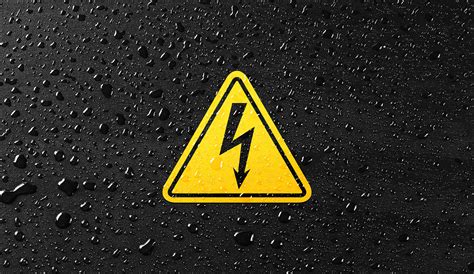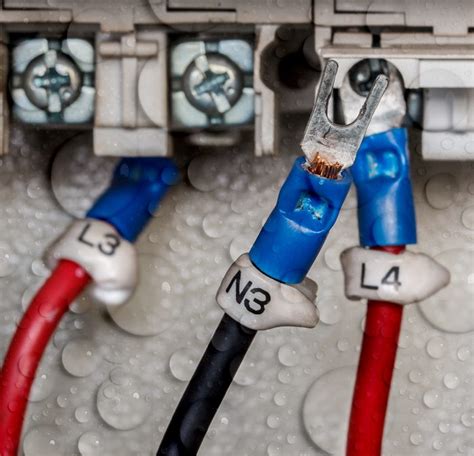condensation inside electrical enclosures How does condensation form? When the humidity present in the air inside the enclosure comes into contact with a colder surface, the water vapor condenses, transforming into droplets on the surfaces.
$36.98
0 · prevent condensation in electrical enclosures
1 · electrical enclosure condensation protection
2 · condensation inside enclosure
3 · condensation in outdoor enclosures
4 · condensation in electrical storage
5 · condensation in electrical enclosures
6 · condensation in dry enclosures
7 · condensation control enclosure
Fresh ground sausages, pates, meats for chili, and fish for soups can all be prepared at home with this professional quality meat grinder. Solid an.
Corrosion, short-circuiting, diminished performance, dangerous electrical arcs, and expensive down time can all result from just a little bit of condensation in an enclosure over time. So, what is the best way to keep condensation out of a polycarbonate enclosure?
Condensation inside electrical enclosures can cause several problems, such as corrosion, short-circuiting, and equipment failure. By understanding how condensation occurs, you can take steps to prevent it and .
If an enclosure isn’t protected from moisture ingress, condensation can accumulate on the components inside the enclosure. In sub-freezing conditions, water that condenses and then freezes becomes frost, which can .Preventing condensation inside an electrical enclosure Here are three top tips: 1. Position the enclosure away from any temperature fluctuations (such as direct sunlight or engines, for . Electrical-enclosure ventilation is vital to combatting condensation. The equipment being housed will naturally give off heat, which can lead to problems if the enclosure lacks . How does condensation form? When the humidity present in the air inside the enclosure comes into contact with a colder surface, the water vapor condenses, transforming into droplets on the surfaces.
prevent condensation in electrical enclosures
Beyond where you put the electrical enclosure, you have methods and tools that can help you stabilize the internal temperature. Heating or climate control systems can fit inside some enclosures, making condensation .
Once inside the enclosure, this water can accumulate—from small droplets on the components themselves to large puddles in the base of the enclosure. to address this concern, users .This article provides a quick glance and tips on how to prevent condensation inside an electrical enclosure. Condensation is formed of water droplets that gather on a cold surface when humid .
Corrosion, short-circuiting, diminished performance, dangerous electrical arcs, and expensive down time can all result from just a little bit of condensation in an enclosure over time. So, what is the best way to keep condensation out of a polycarbonate enclosure? When condensation gathers on the inside surface of an enclosure, the risks of malfunction are high. It causes premature ageing, rusting, short circuits, and breakdowns in electric and electronic equipment that is housed in enclosures.
electrical enclosure condensation protection
Condensation inside electrical enclosures can cause several problems, such as corrosion, short-circuiting, and equipment failure. By understanding how condensation occurs, you can take steps to prevent it and protect your electrical systems.
If an enclosure isn’t protected from moisture ingress, condensation can accumulate on the components inside the enclosure. In sub-freezing conditions, water that condenses and then freezes becomes frost, which can potentially do .Preventing condensation inside an electrical enclosure Here are three top tips: 1. Position the enclosure away from any temperature fluctuations (such as direct sunlight or engines, for example) 2. Avoid any very damp location (such as by the sea or near large areas of water pooling) 3. Add ventilation or heating device to the enclosure Electrical-enclosure ventilation is vital to combatting condensation. The equipment being housed will naturally give off heat, which can lead to problems if the enclosure lacks sufficient air flow. Condensation is not the only problem – the equipment can overheat. How does condensation form? When the humidity present in the air inside the enclosure comes into contact with a colder surface, the water vapor condenses, transforming into droplets on the surfaces.
condensation inside enclosure
Beyond where you put the electrical enclosure, you have methods and tools that can help you stabilize the internal temperature. Heating or climate control systems can fit inside some enclosures, making condensation management a snap.Once inside the enclosure, this water can accumulate—from small droplets on the components themselves to large puddles in the base of the enclosure. to address this concern, users employ a variety of methods intended to eliminate condensation and remove moisture.
This article provides a quick glance and tips on how to prevent condensation inside an electrical enclosure. Condensation is formed of water droplets that gather on a cold surface when humid air is present.Corrosion, short-circuiting, diminished performance, dangerous electrical arcs, and expensive down time can all result from just a little bit of condensation in an enclosure over time. So, what is the best way to keep condensation out of a polycarbonate enclosure?
When condensation gathers on the inside surface of an enclosure, the risks of malfunction are high. It causes premature ageing, rusting, short circuits, and breakdowns in electric and electronic equipment that is housed in enclosures.
Condensation inside electrical enclosures can cause several problems, such as corrosion, short-circuiting, and equipment failure. By understanding how condensation occurs, you can take steps to prevent it and protect your electrical systems. If an enclosure isn’t protected from moisture ingress, condensation can accumulate on the components inside the enclosure. In sub-freezing conditions, water that condenses and then freezes becomes frost, which can potentially do .Preventing condensation inside an electrical enclosure Here are three top tips: 1. Position the enclosure away from any temperature fluctuations (such as direct sunlight or engines, for example) 2. Avoid any very damp location (such as by the sea or near large areas of water pooling) 3. Add ventilation or heating device to the enclosure Electrical-enclosure ventilation is vital to combatting condensation. The equipment being housed will naturally give off heat, which can lead to problems if the enclosure lacks sufficient air flow. Condensation is not the only problem – the equipment can overheat.

How does condensation form? When the humidity present in the air inside the enclosure comes into contact with a colder surface, the water vapor condenses, transforming into droplets on the surfaces. Beyond where you put the electrical enclosure, you have methods and tools that can help you stabilize the internal temperature. Heating or climate control systems can fit inside some enclosures, making condensation management a snap.Once inside the enclosure, this water can accumulate—from small droplets on the components themselves to large puddles in the base of the enclosure. to address this concern, users employ a variety of methods intended to eliminate condensation and remove moisture.
condensation in outdoor enclosures

condensation in electrical storage
condensation in electrical enclosures
So whether you need a simple bracket, a high-end store fixture, a reliable transformer tank, or a complicated piece of medical equipment, Washington Metal Fabricators has a solution for you.
condensation inside electrical enclosures|electrical enclosure condensation protection